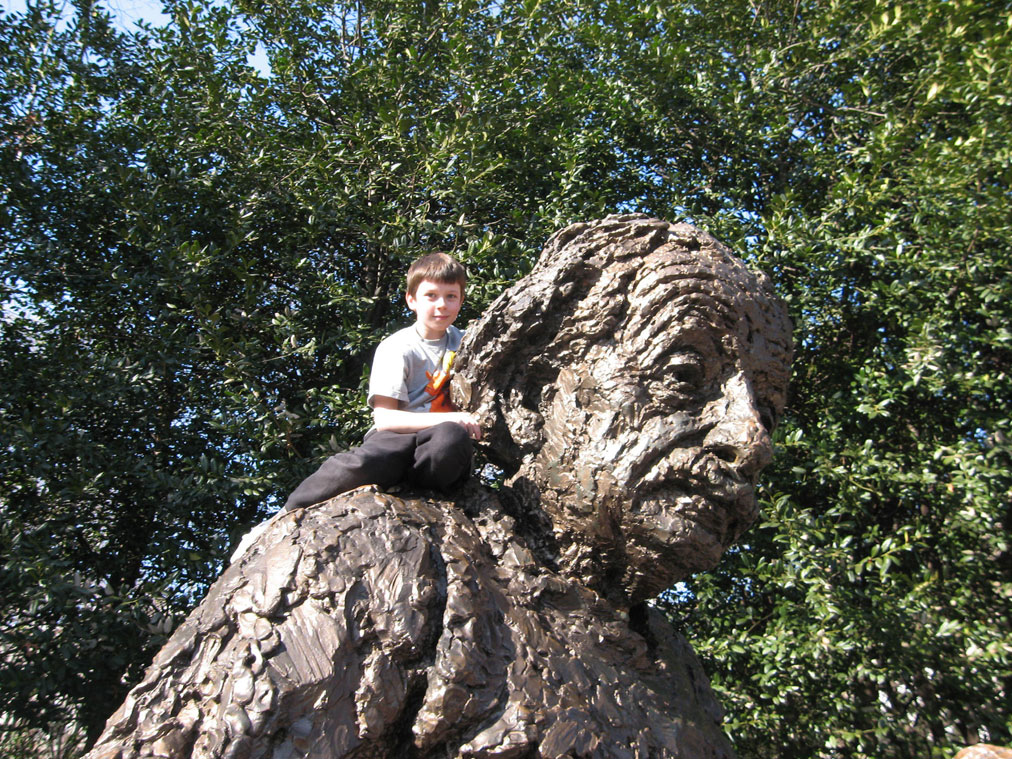Vectors
Maximum 5-Page Timeline
Create an attractive and professional historical timeline
that explores the interesting and important
breakthroughs.
Be sure that the timeline is in your own words and includes
important contributions from diverse scientists or mathematicians as
well as interesting pictures.
Approximate dates can be noted as ~1762 or by a range of dates, such
as 1700-1800. A maximum of five-pages will be allowed.
The result
should be an in depth exploration of the history of the specific topic - not
the history of all of linear algebra.
Annotated Bibliography
Use many different types of sources, including scholarly references
and library sources.
Submit a separate annotated bibliography of all
of the sources you used in the timeline, with annotations explaining
how you used each reference in your timeline, where the pictures came from,
etc. Use as many pages as you need for the annotated bibliography.
Presenting your Timeline
We will divide up the class into two research sessions and all of the
timelines for that research session will be up at the same time (with small
groups of people walking around, like at Appalachian's research day, a
science fair, or a research conference poster session). During your
session, you must stand by your timeline and annotated bibliography (which
will be taped to the wall) to present your timeline and answer questions
(and your answers must
demonstrate expertise of your topic). During the other session, you will
talk to others about their projects and fill out peer review sheets. If you
work on your project with someone else, you will each be in different
research sessions.
References and Suggestions
Library databases such as Jstor, library
books or books in my office contain
a wealth of historical information. For instance, the
CD entitled "Historical Modules for the Teaching and Learning of Mathematics" (Katz and Michalowicz, 2004) contains many modules of historical content and is also available for you to look at in my office hours.
Websites such as the
MacTutor History of
Mathematics archive (O'Connor and Robertson, 2005)
provide an
extensive collection of articles on particular people and topics and you
can perform a site search there.
The
Earliest Known Uses of
Some of the Words of Mathematics (Miller, J, 2008)
can provide history on the development as well as the first published
appearance of terms. Wikipedia's history pages can also be useful.
General history of mathematics books, as well as specific books and articles
contain related information, like:
Bressoud, David. The Queen of the Sciences: A History of Mathematics. Chantilly, VA: Teaching Company, 2008.
Crowe, Michael J.. "A History of Vector Analysis." 2002
Grattan-Guinness, Ivor, and Walter Ledermann. "Matrix Theory." In Companion Encyclopedia of the History and Philosophy of the Mathematical Sciences. Edited by I. Grattan-Guinness. Baltimore, MD: Johns Hopkins University Press, 2003.
Katz, Victor. "Historical Ideas in Teaching Linear Algebra."
In Learn from the Masters! Edited by Frank
Swetz, John Fauvel, Otto Bekken, Bengt Johansson, and Victor Katz. Washington, DC: Mathematical Association of America, 1995.
Katz, Victor. A History of Mathematics. Boston, MA: Addison-Wesley, 2009.
Katz, Victor. "The History of Stokes' Theorem." Mathematics Magazine 52,
no. 3 (1979).
Rosenfeld, B. A. A History of Non-Euclidean Geometry: Evolution of the Concept of a Geometric Space. New York: Springer, 1988 [for transformations]
